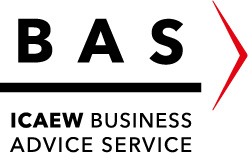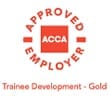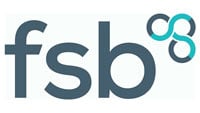
Tax planning for trading losses
A sole trader or partnership business may lose money for several reasons—not necessarily because it is not doing well. A company can be operationally successful but report losses due to various strategic, financial, or external factors.
There are several options available to gain tax relief for a loss. The default position is the ability to carry forward the loss and offset it against taxable income in future years, thereby reducing the tax liabilities for those years. The problem with the default position is that the loss must be offset against profits of the same trade. Should the nature of the trading activities change, the offset will not be possible, although terminal loss relief may be available.
Another problem with carry-forward relief is the possibility of wastage of personal allowances because the relief is automatic and reduces profits before the personal allowance is offset. Tax planning to preserve those losses could be incorporated. Under incorporation, the losses are preserved where a business carried on by an individual, or by individuals in partnership, is transferred to a company in exchange solely or mainly for shares which the company allots to the individual or their nominee. The losses cannot be used against the company’s profit; instead, they are set against the director/shareholder’s income (e.g. director’s fees), again provided the same trade is continuing.
Sideways relief
An alternative to carry forward is offsetting the loss against other general income. Choices for offset include:
- the same year as the loss or
- the previous year or
- both years if the loss is larger than the year of the first offset.
The carryback of losses rather than carry forward could result in a tax refund if the business paid tax in that year.
Importantly, for losses arising in the 2023/24 tax year or earlier, the loss must have been calculated using the accruals basis of accounting. Losses arising in 2024/25 onwards are eligible for sideways relief against general income, irrespective of whether they are calculated using the cash or accruals basis.
Similar to the restriction regarding carried forward losses, all the sideways relief losses must be offset until ultimately used up or there is no income left. Again, this means that the personal allowance may be lost. However, with sideways relief, there is a further restriction in the form of the ‘annual cap’ which limits the available sideways loss to the greater of £50,000 or 25% of the taxpayer’s adjusted total income per year. The cap intends to limit excessive claims.
Starting in business
It is a fact that, for various reasons, approximately 50% of businesses fail within the first three years of trading, with many making losses. As an extension of the sideways relief, if a loss occurs in any of the first four tax years of trading, a new self-employment business can set that loss against the total taxable income of the three tax years immediately before the loss year. The restriction is in the order of offset. The rules state that the loss must be used against an earlier year first and then, if not fully offset against a later year. Again, losses arising in 2023/24 and earlier periods must be calculated using the accruals basis to be eligible for this type of relief, whereas for 2024/25 onwards they can be calculated using either the cash or accruals basis.
Terminal loss relief
The final relief available for trading losses offset is via terminal loss relief on cessation. This relief allows losses incurred in the final 12 months of trading to be used against profits of the trade in the year of cessation and those of the previous three years, potentially resulting in a tax refund.
Practical point
Should a tax return already have been submitted for one year and a loss made in the following year, the claim to carry back the loss can be made on an amended return, as a self-assessment tax return can be amended 12 months after the 31 January deadline for the tax year in question. If the 12-month window has passed, the return cannot be amended online and a letter to HMRC will be required.
Partner note:
s 64, s72, s83, s85, s86, s72 and s89 ITA 2007
For more information, Book a Free Consultation
Need Accountancy Support?
For information on bespoke training, or if you have any other questions for Makesworth Accountant, please fill in your details below
















 151
151